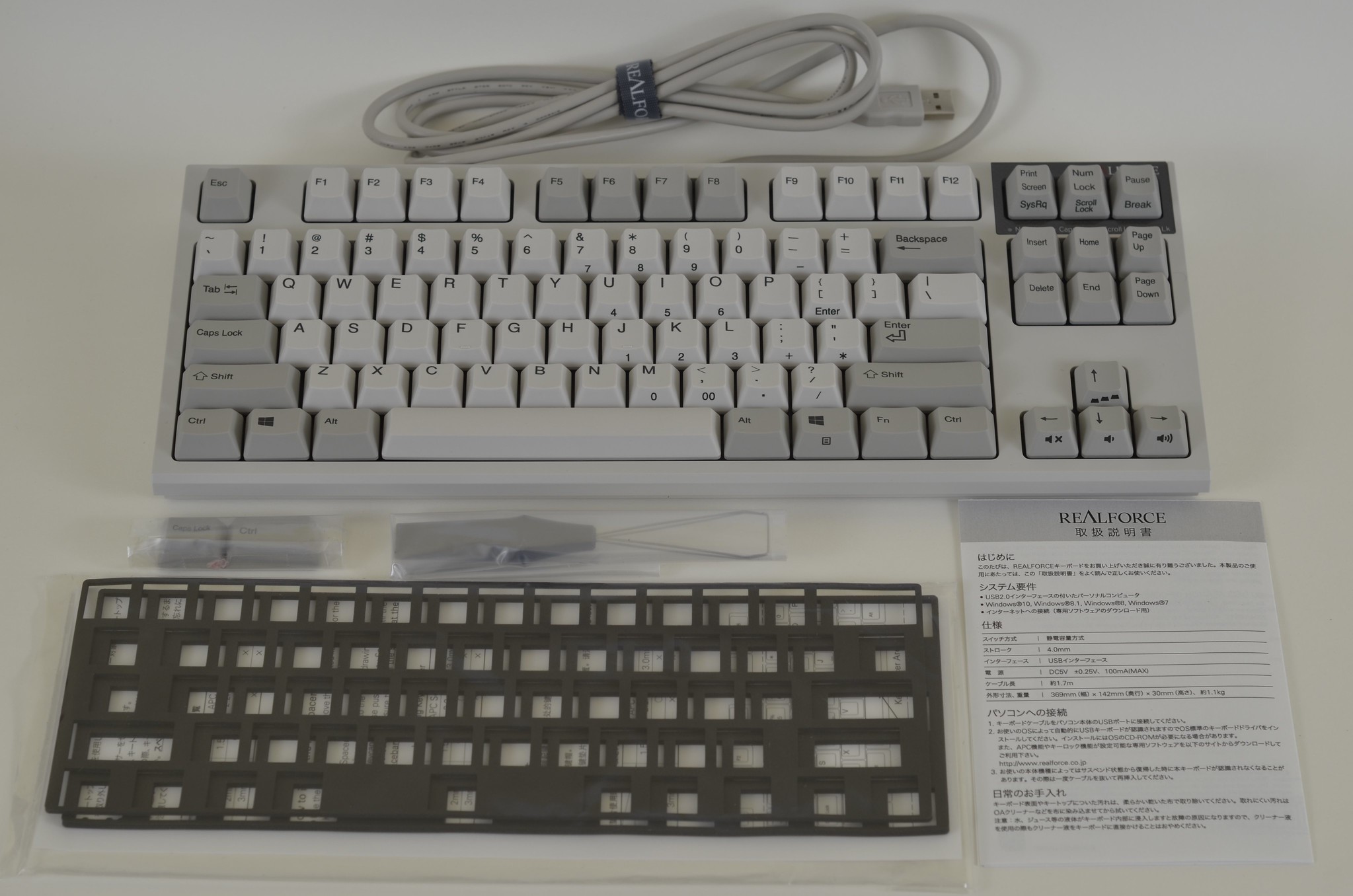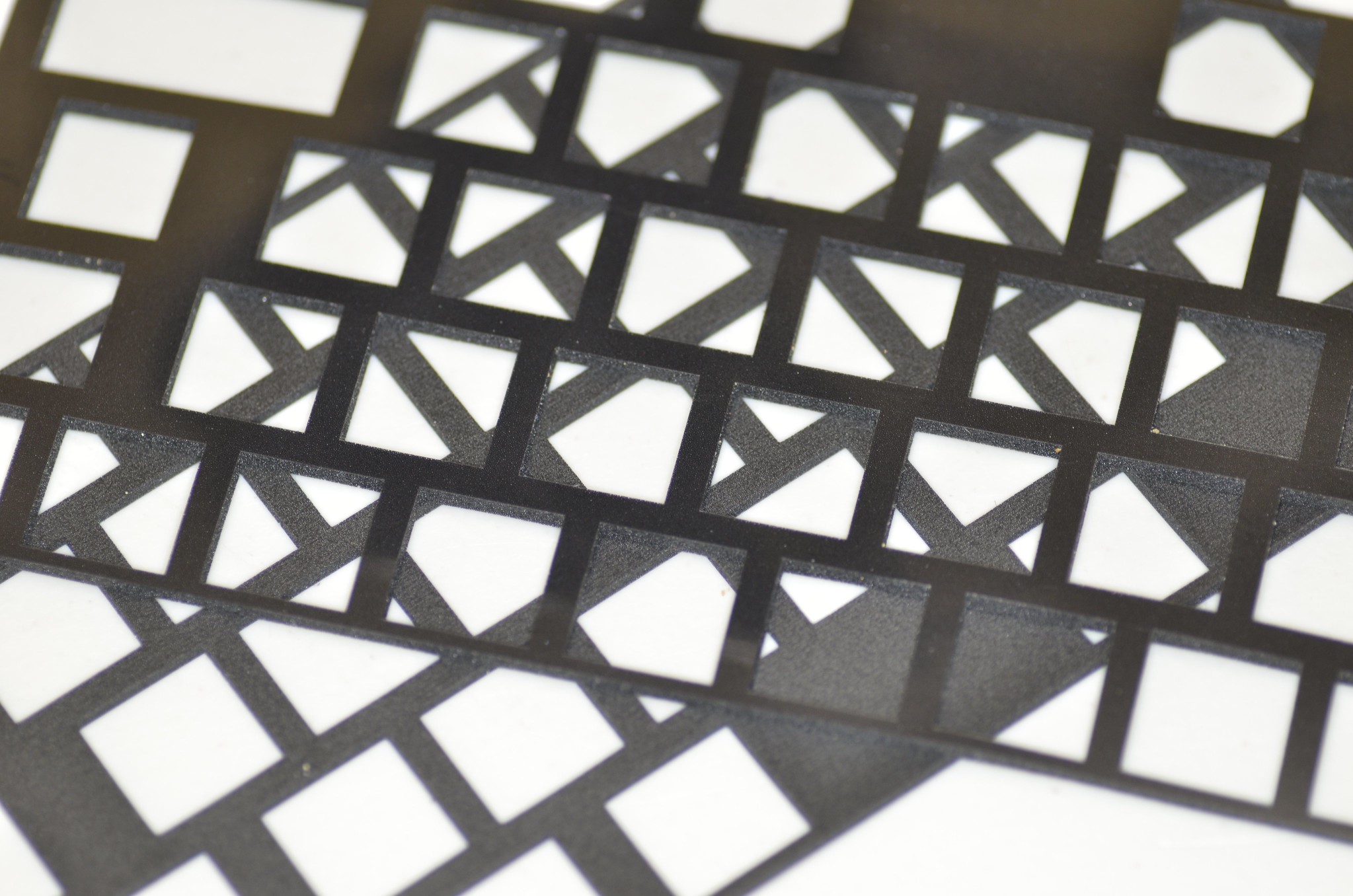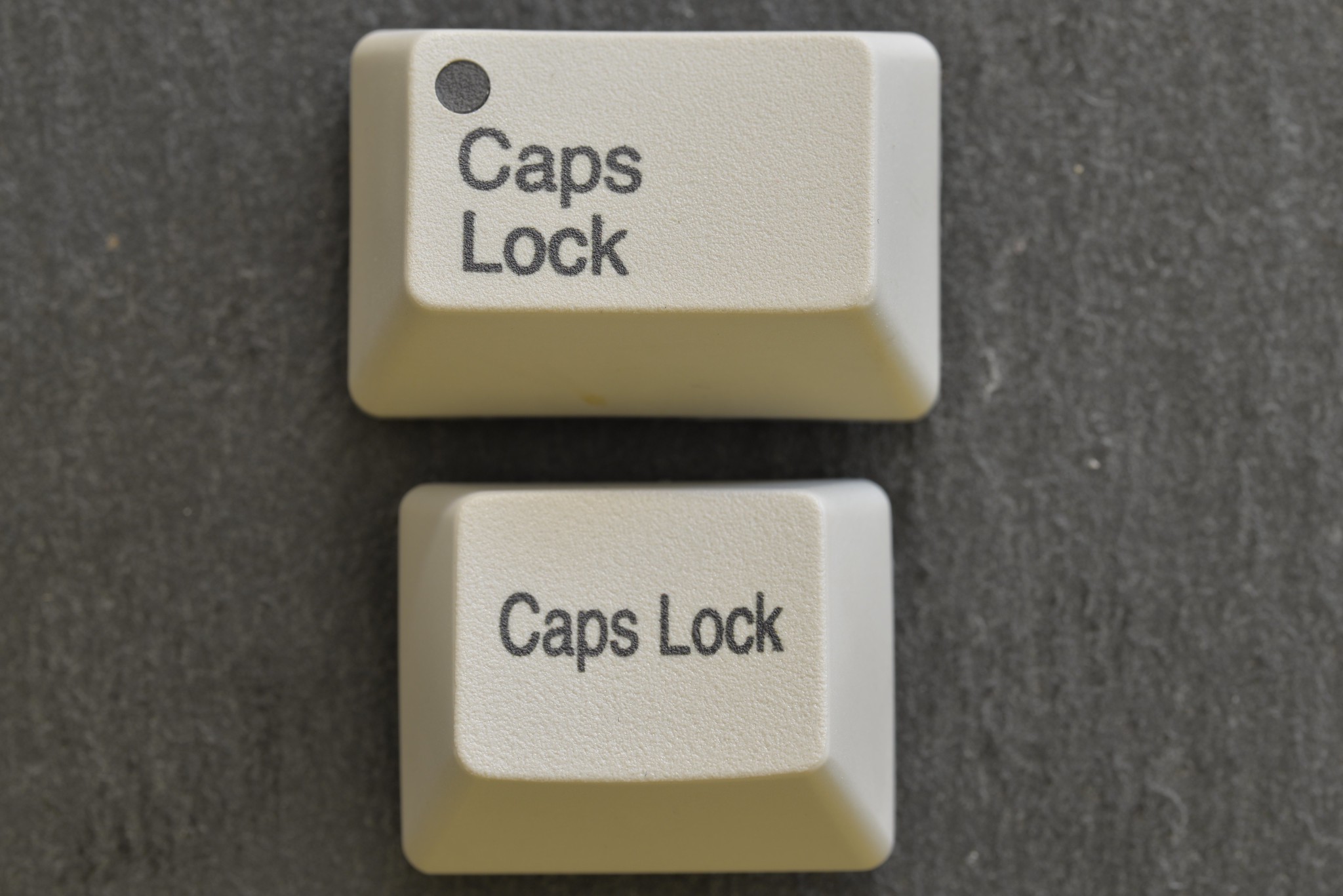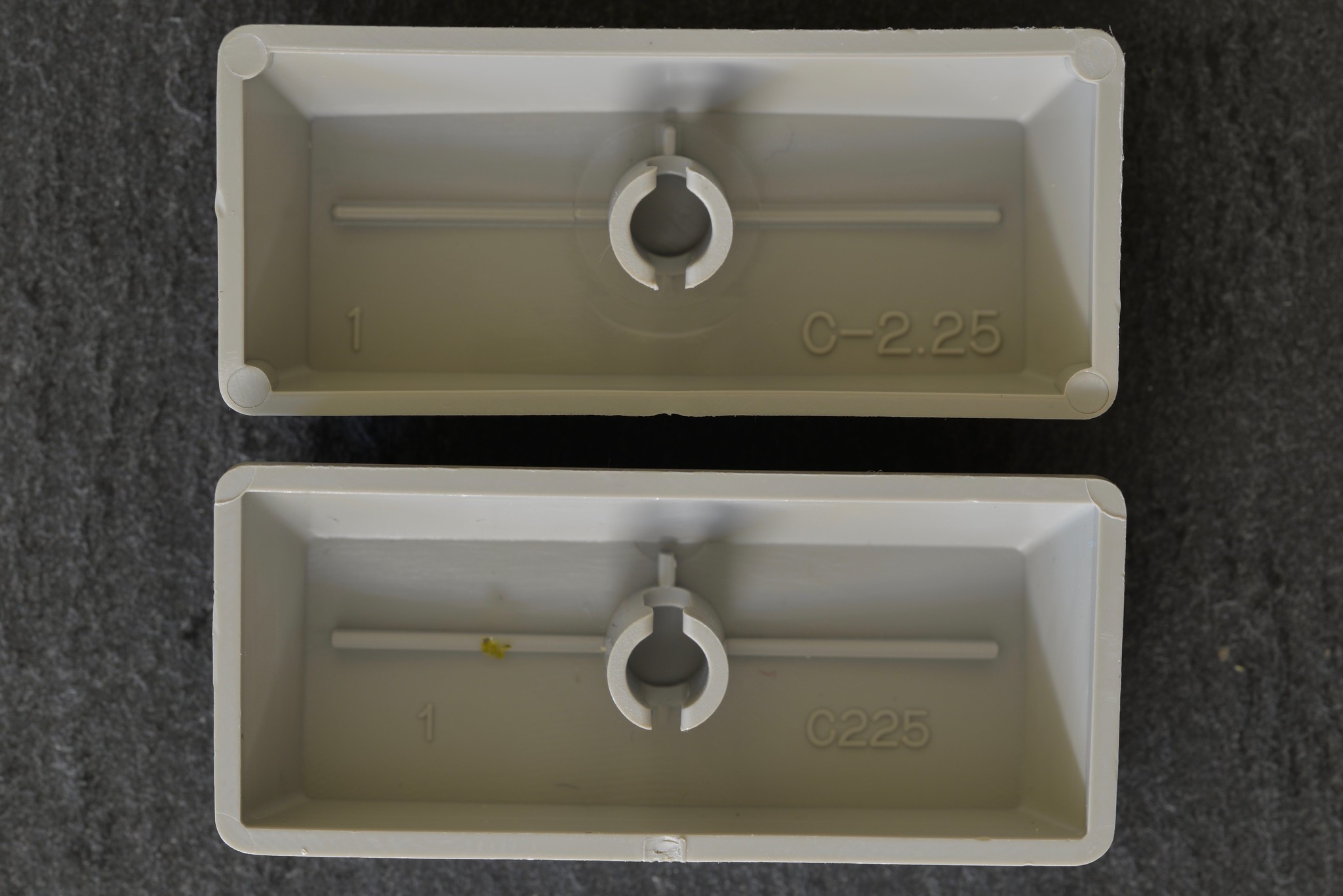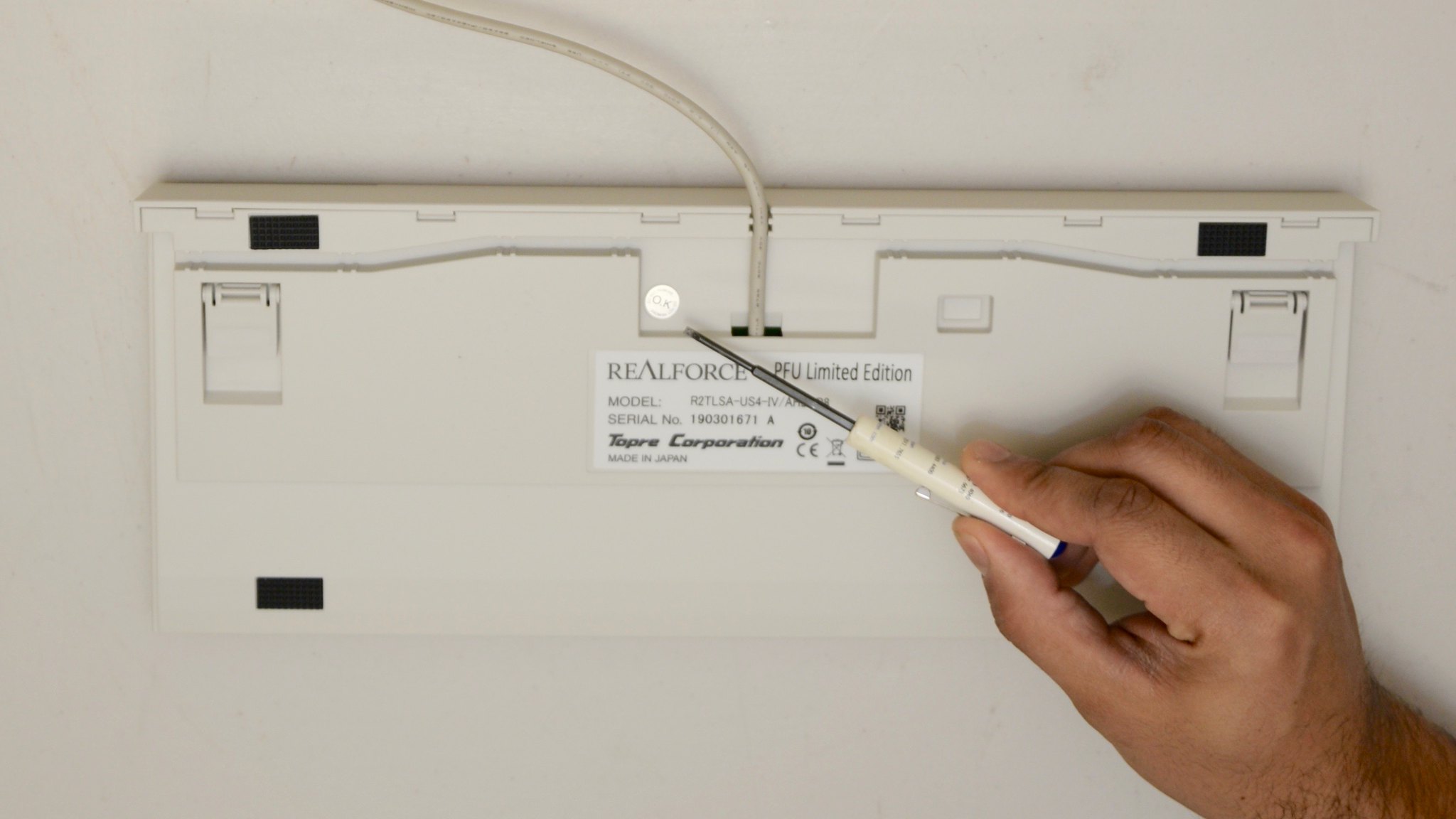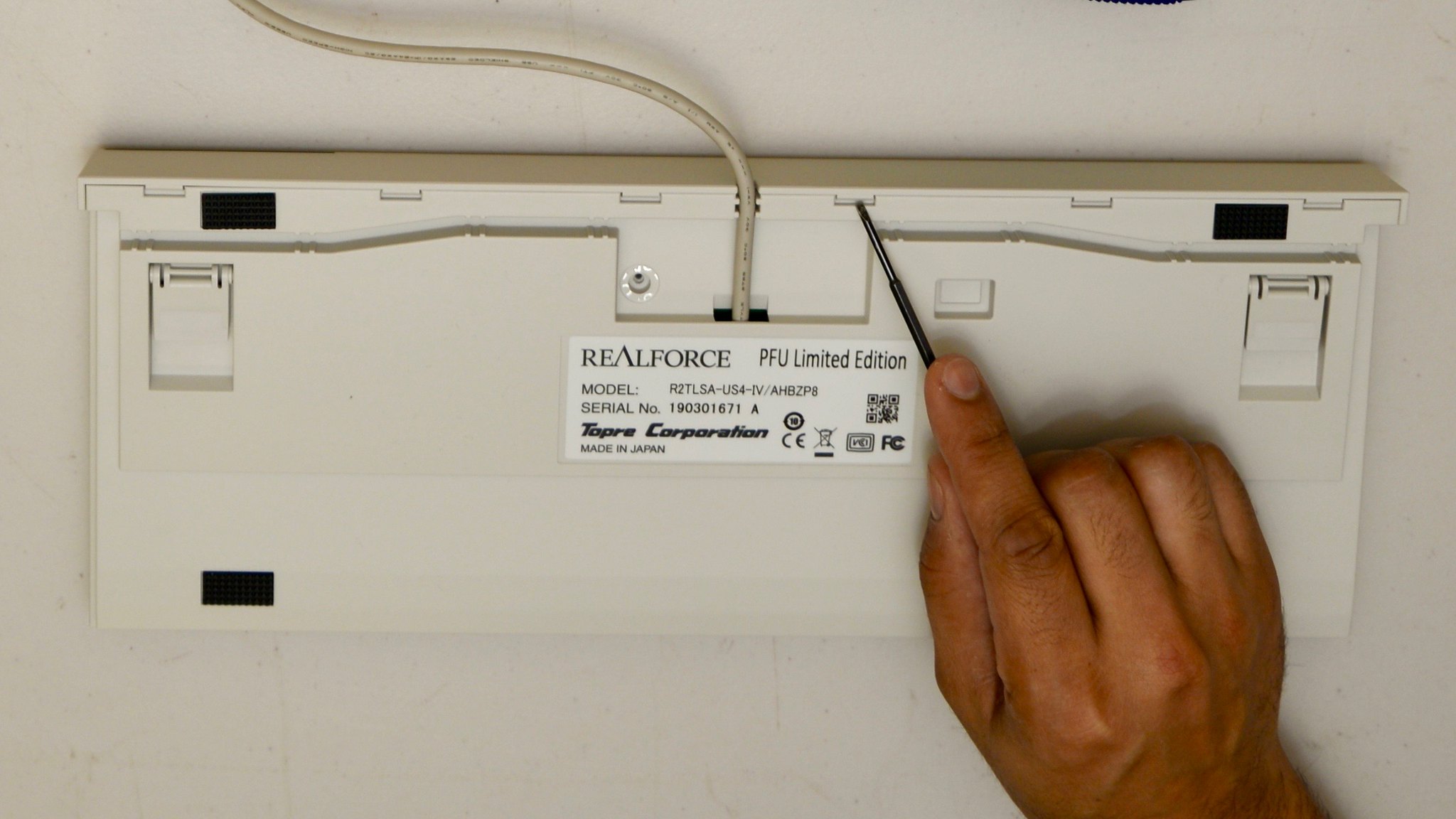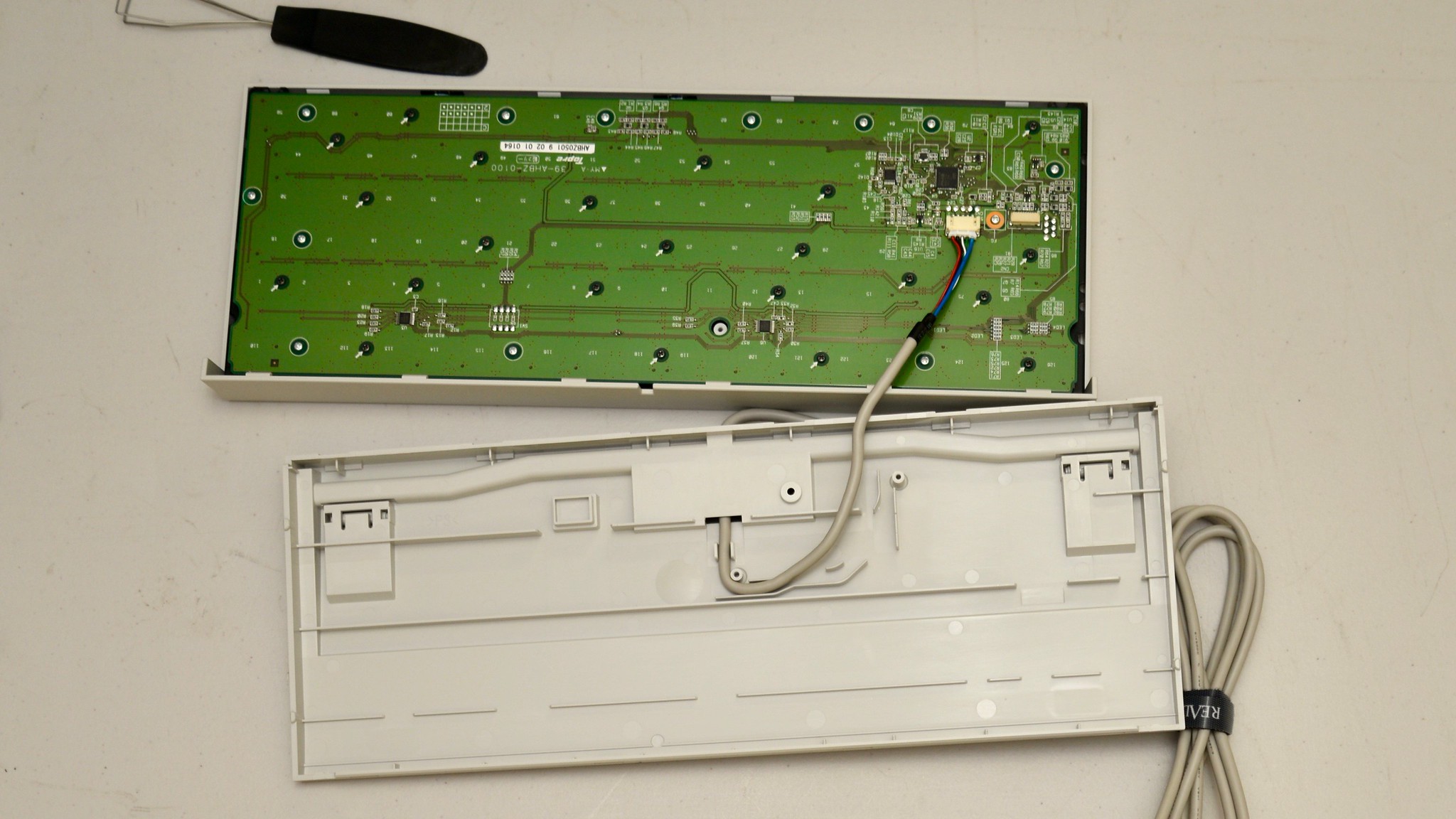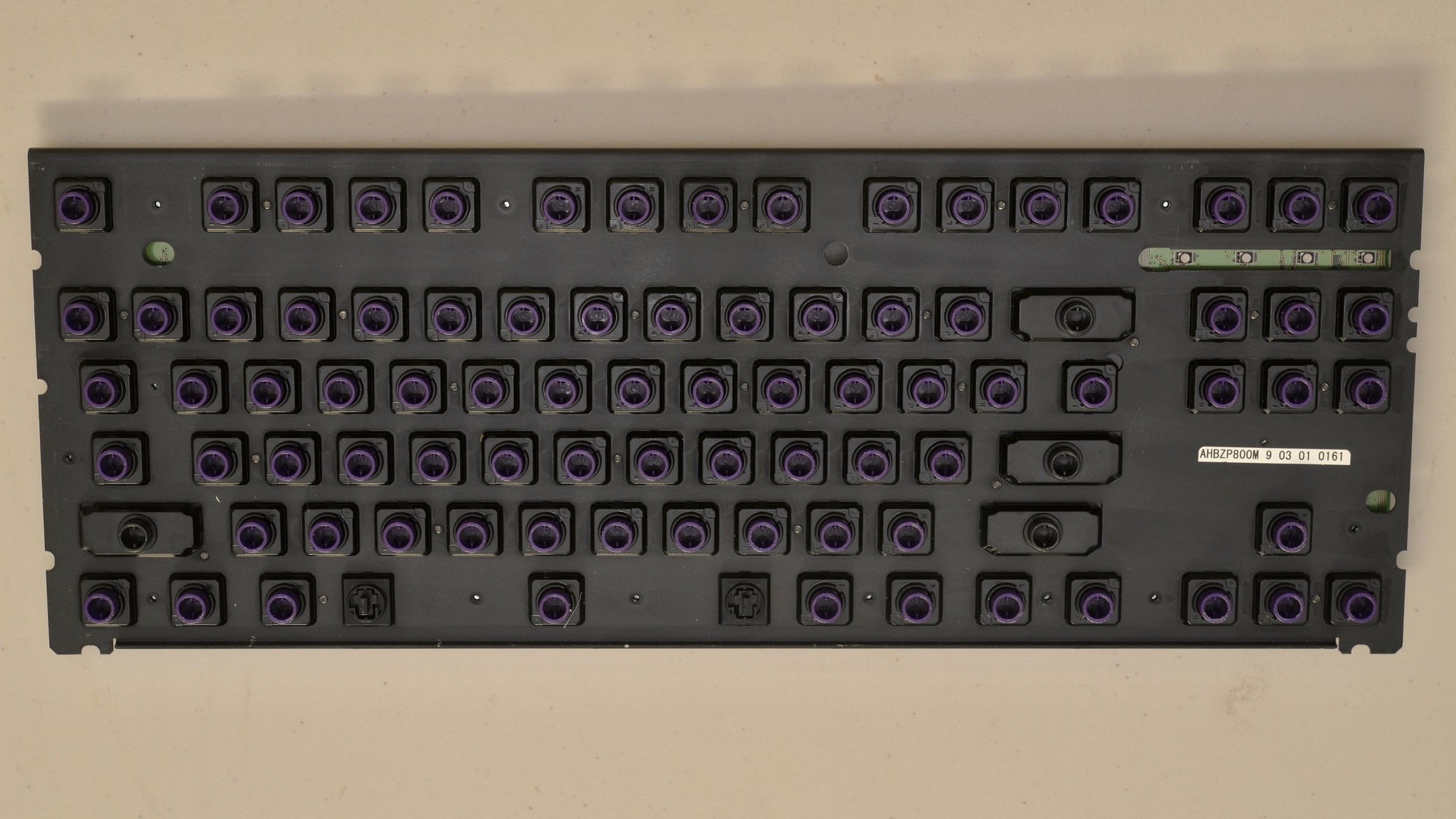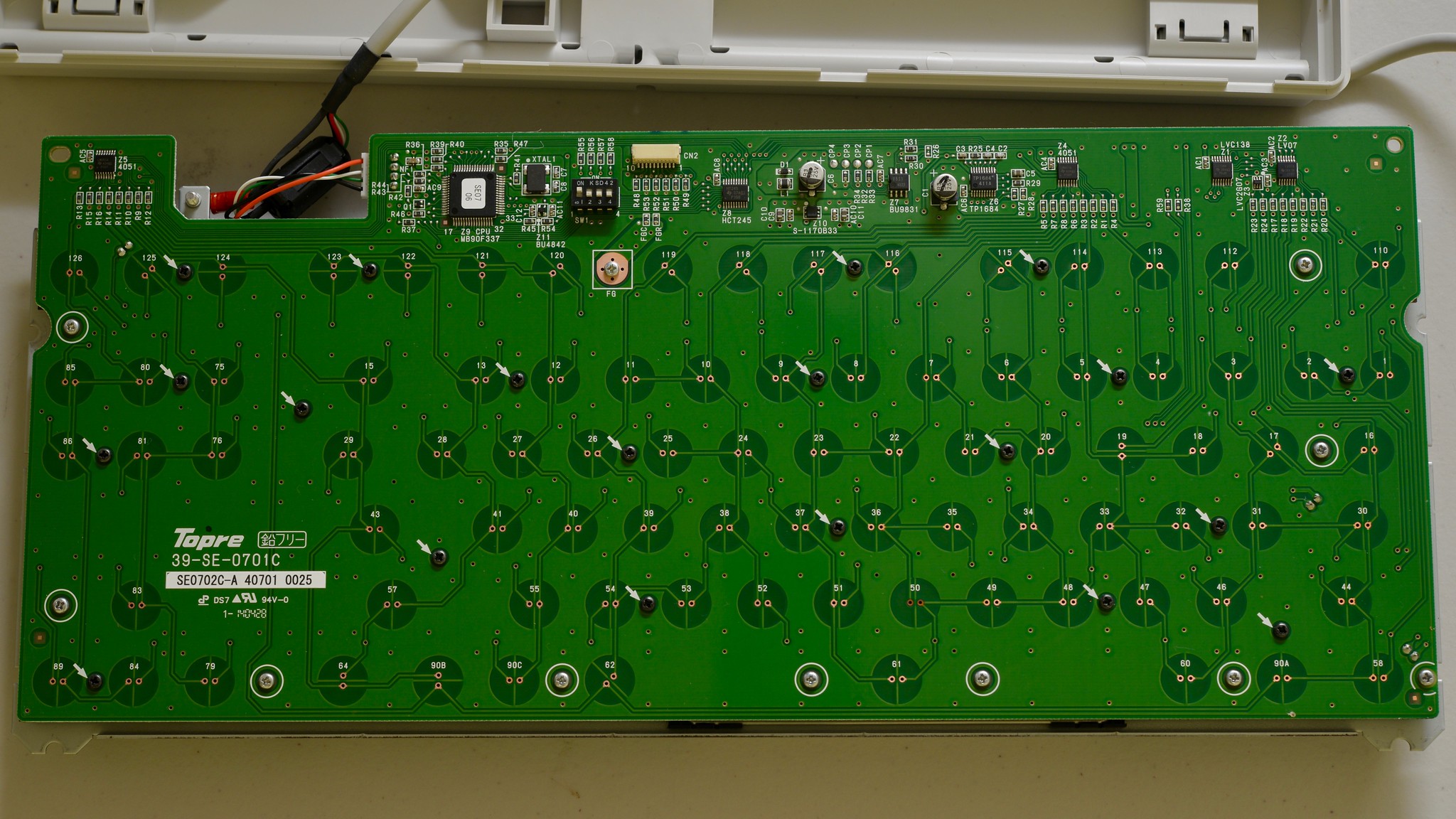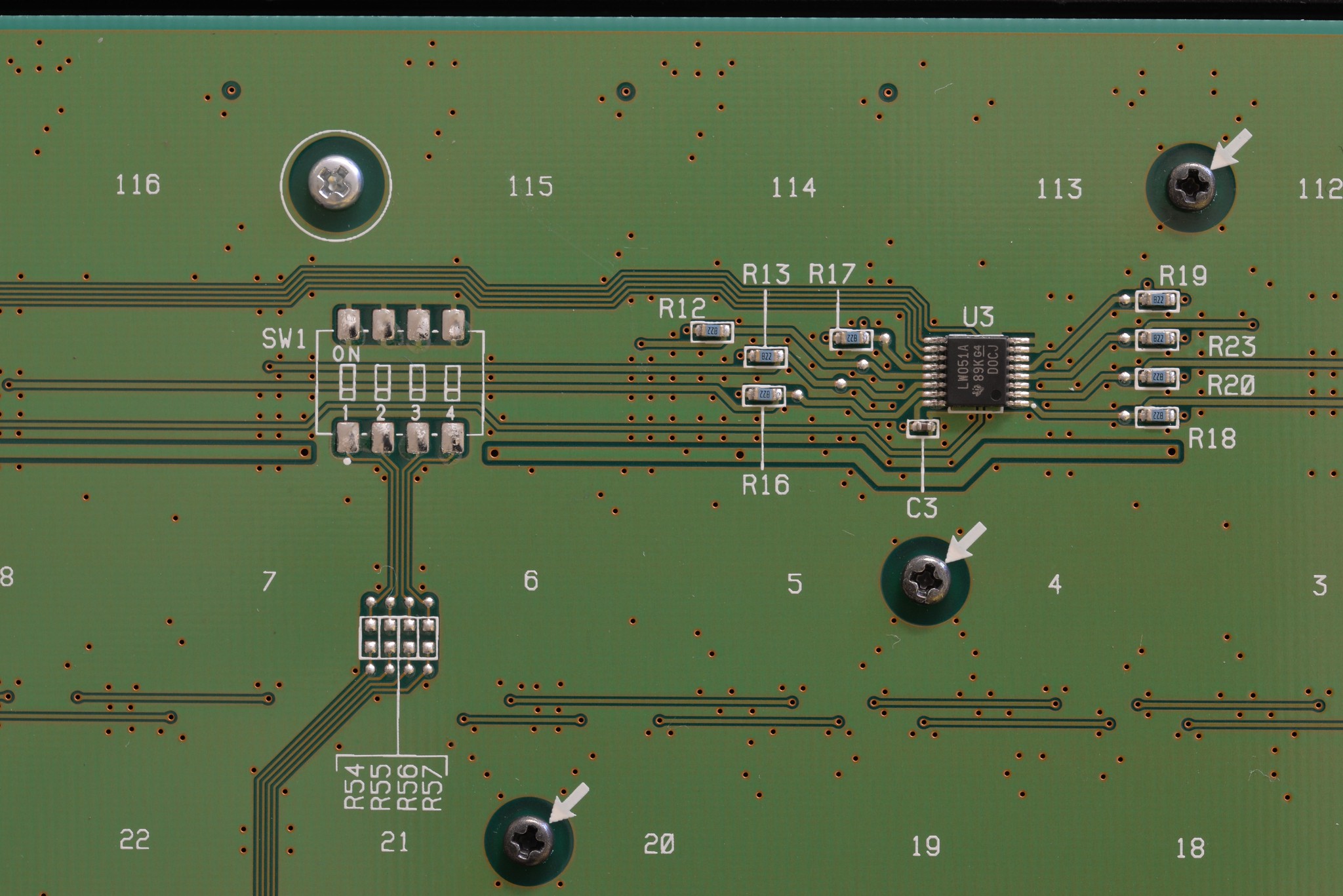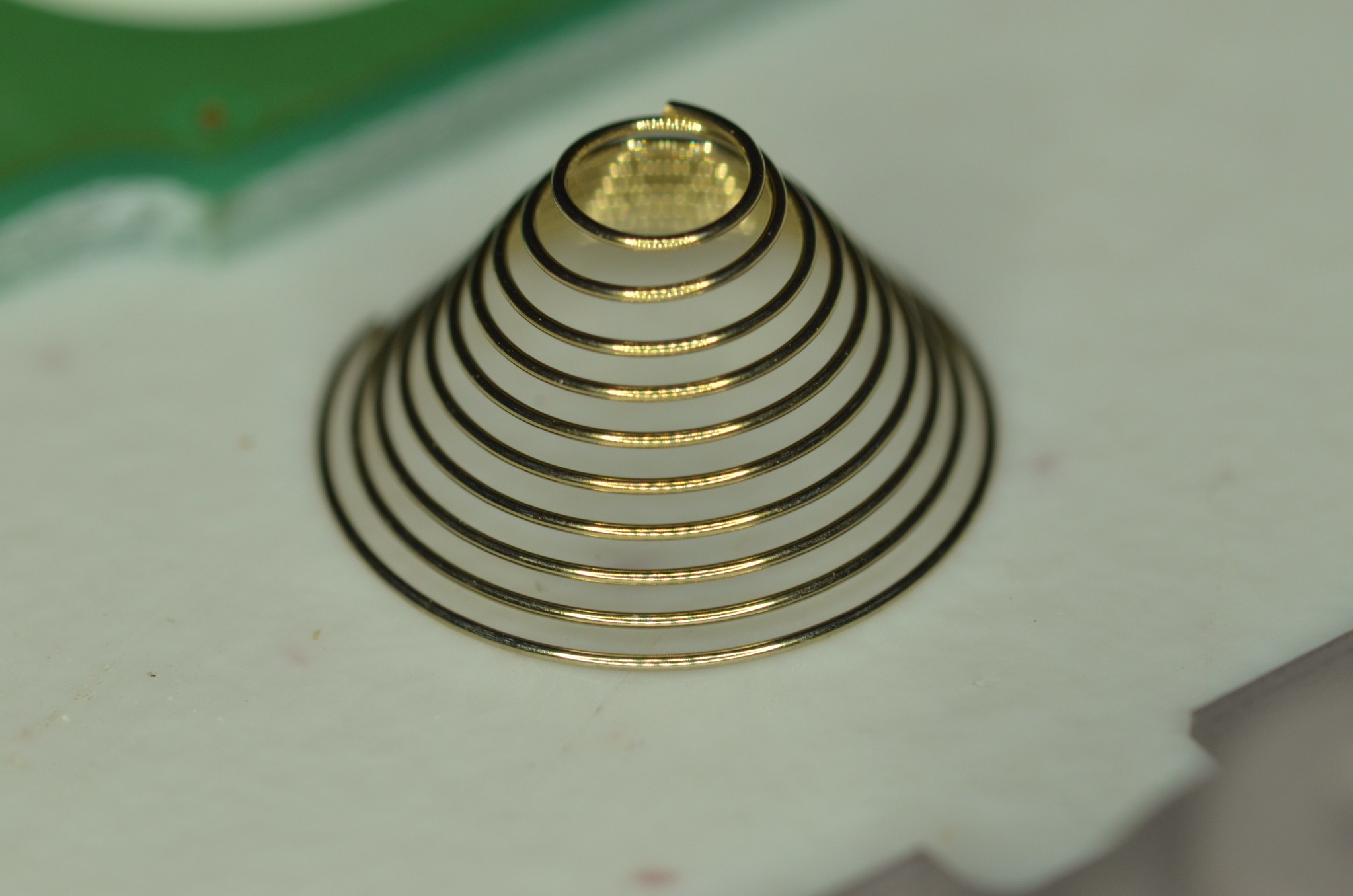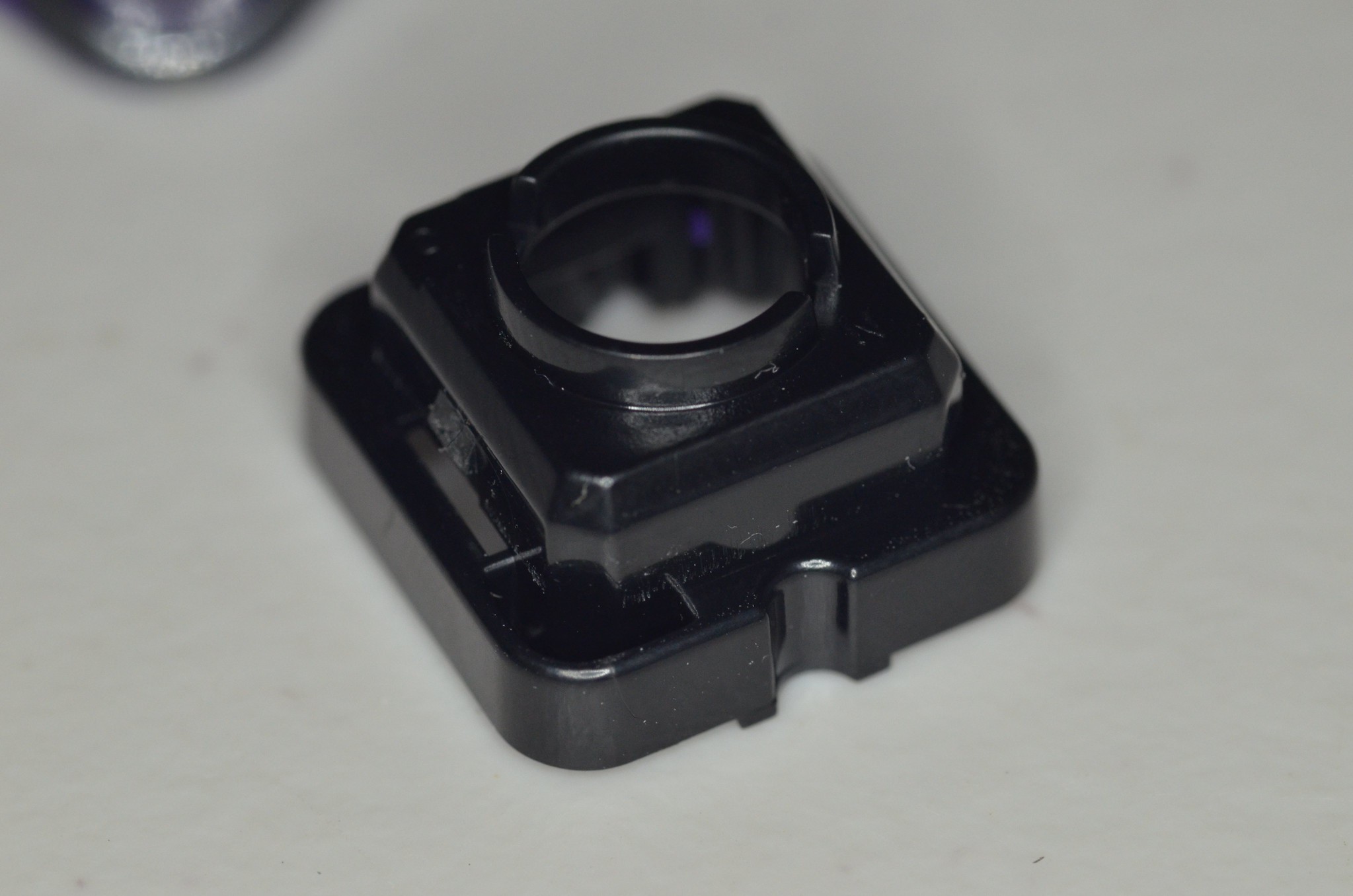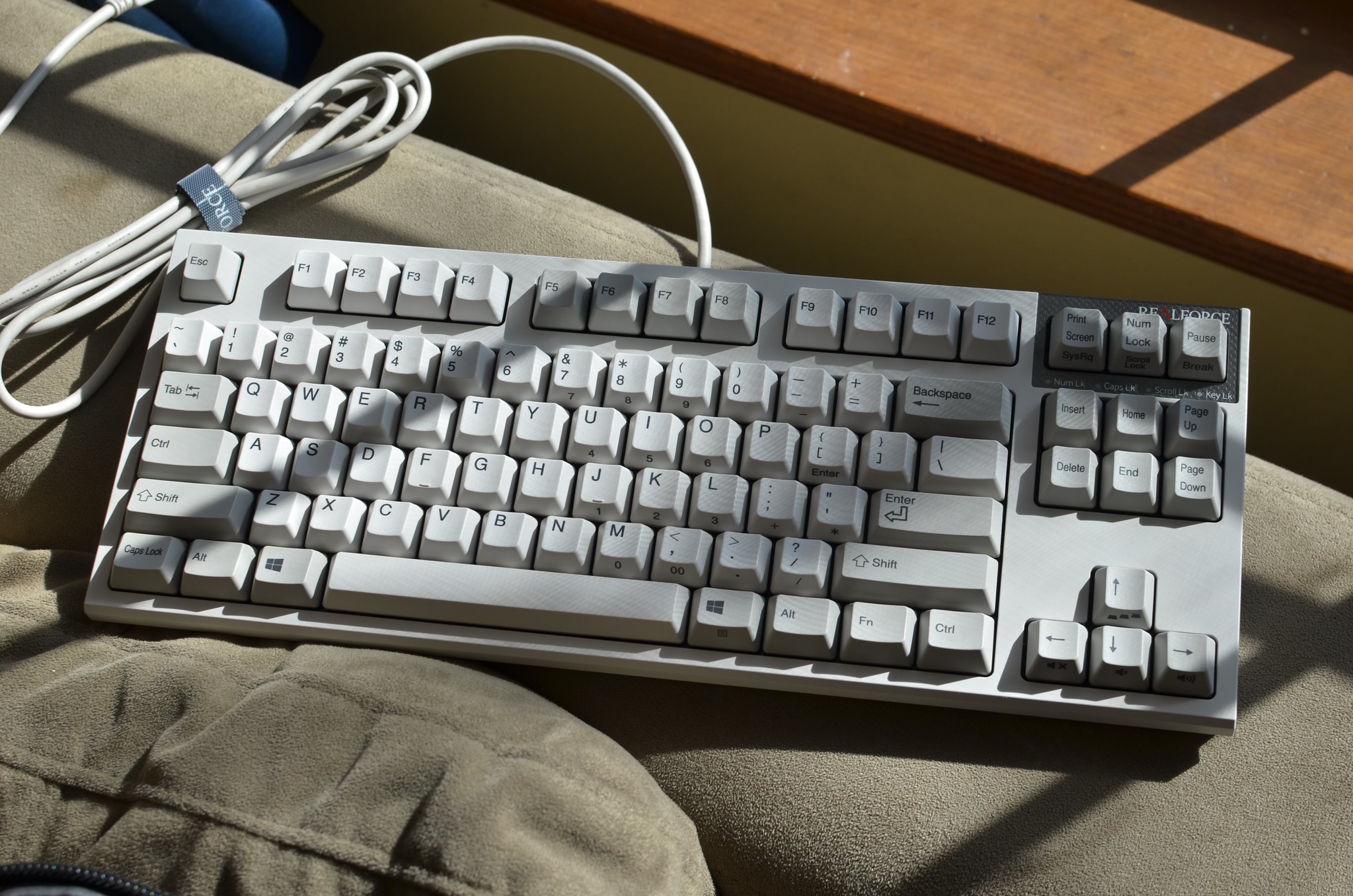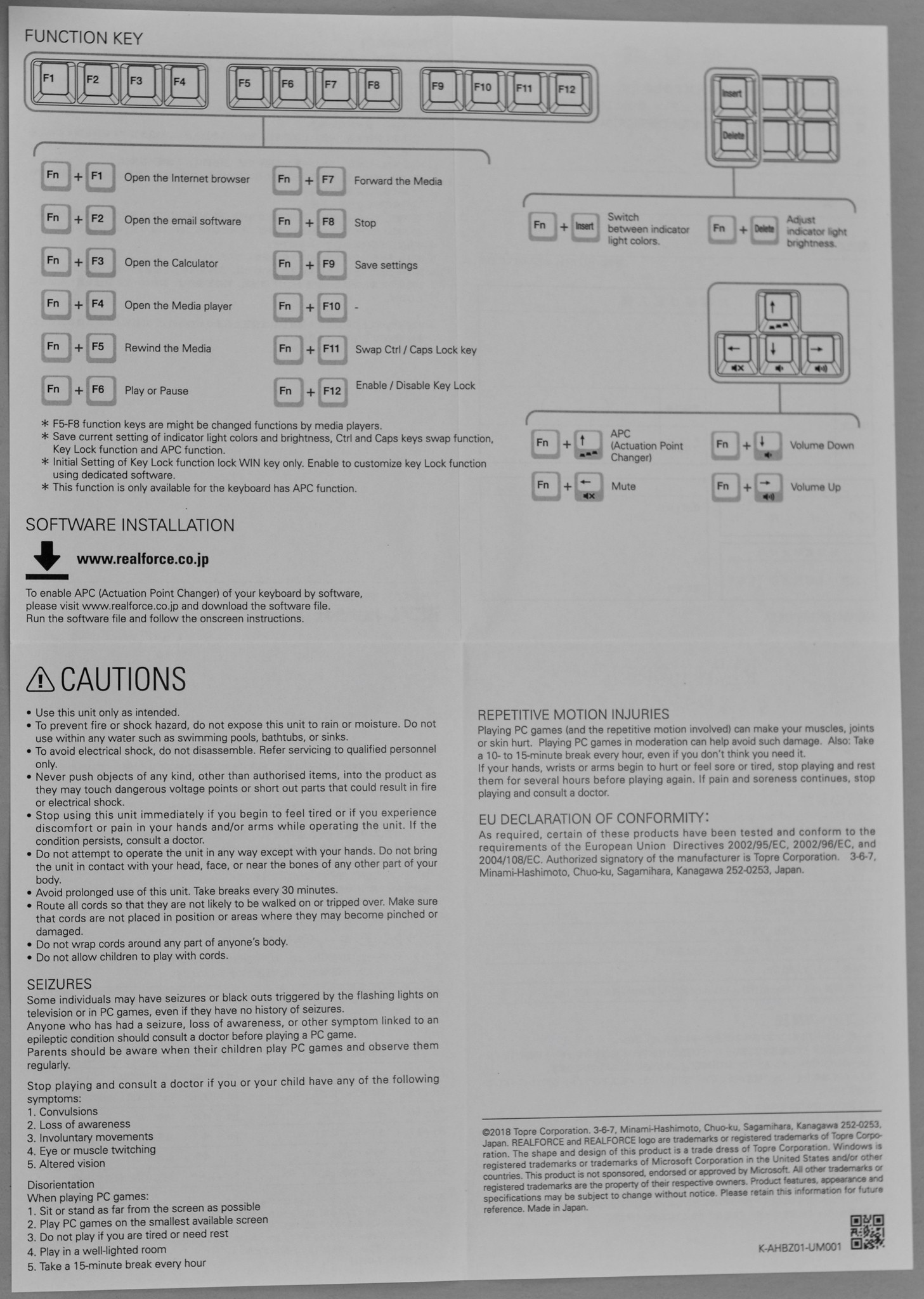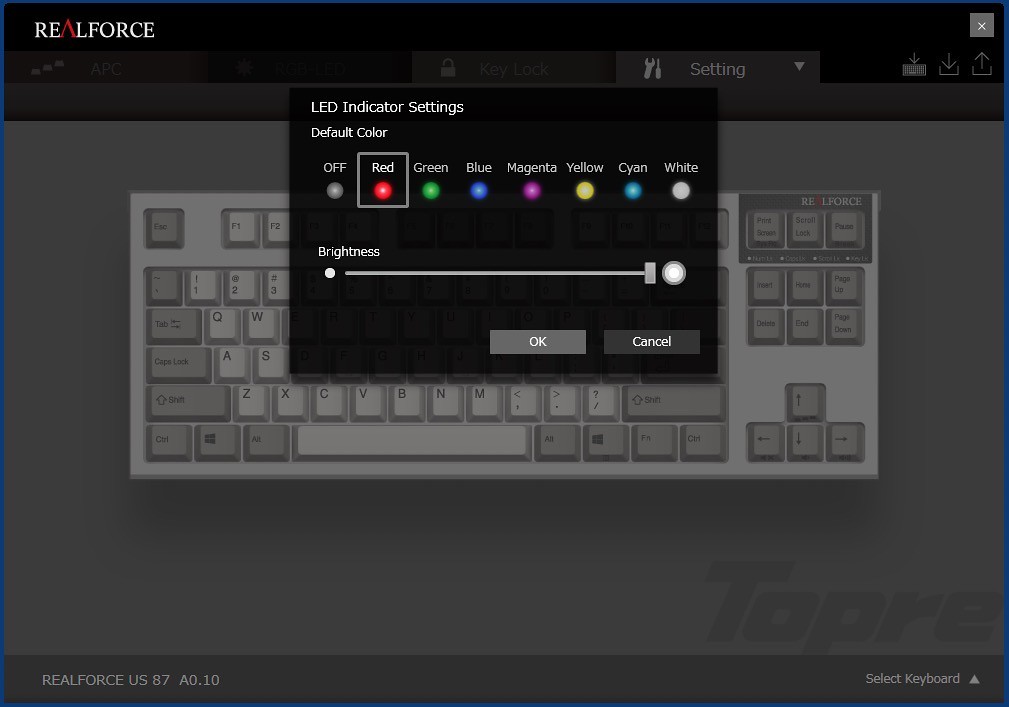Table Of Contents:
Full photo album: https://www.flickr.com/photos/84348724@ ... 2052445012
Post #1: Introduction, Description viewtopic.php?p=456419#p456419
Post #2: Packaging, Unboxing, What's Included? viewtopic.php?p=456420#p456420
Post #3: Design, Key Caps viewtopic.php?p=456421#p456421
Post #4: Disassembly, Customization viewtopic.php?p=456422#p456422
Post #5: Key Switches, Key Layout, Software viewtopic.php?p=456423#p456423
Post #6: Typing Experience, Comparisons viewtopic.php?p=456424#p456424
Post #7: KeebScore™, Closing Thoughts viewtopic.php?p=456425#p456425
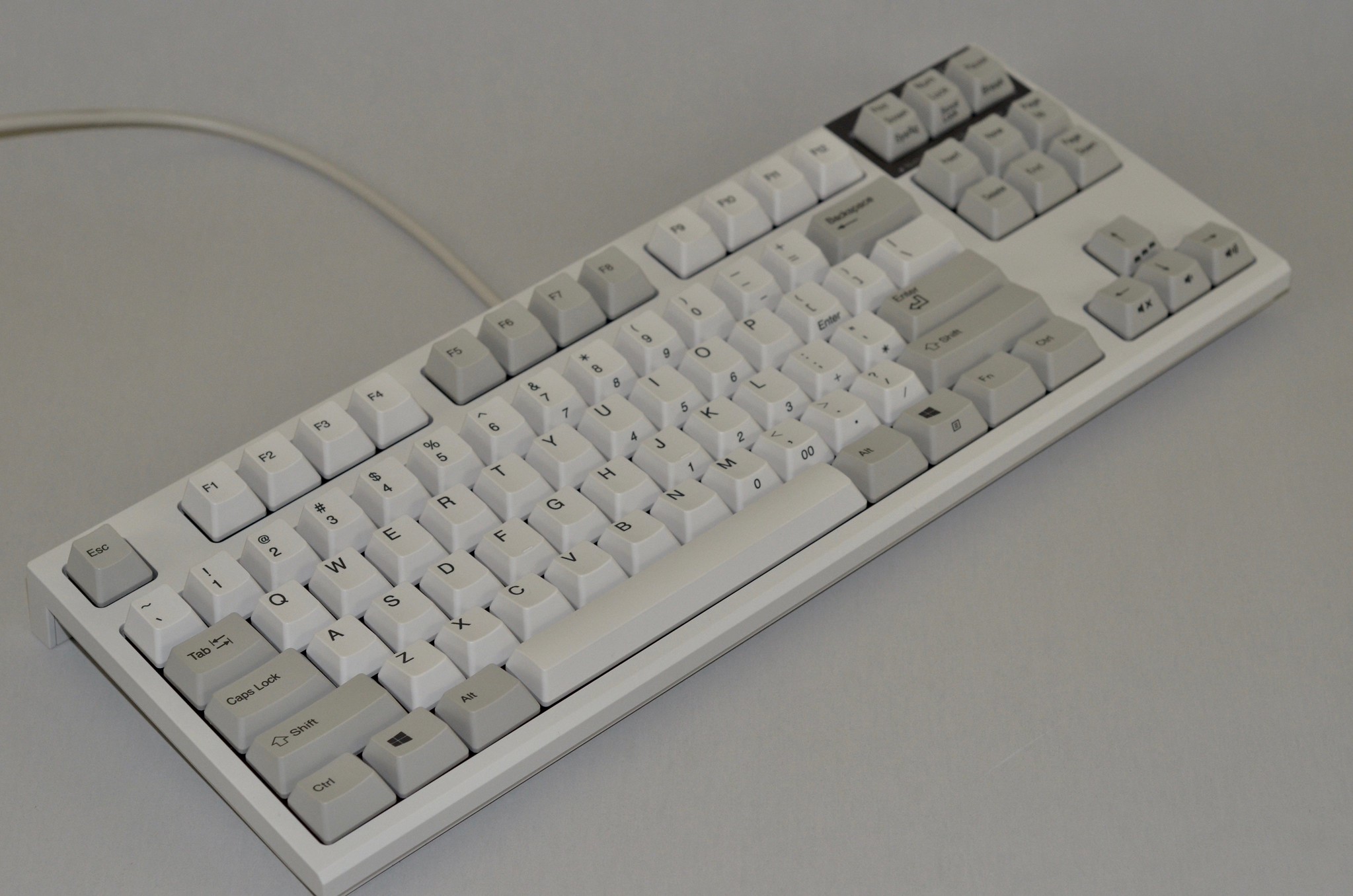 Realforce R2 PFU - 3/4 View by José Soltren, on Flickr
Realforce R2 PFU - 3/4 View by José Soltren, on FlickrINTRODUCTION
Among the Deskthority crowd, Topre keyboards need no further introduction. Since the 1980s Topre keyboards have merged top notch rubber domes, capacitive sensing, and high quality dye sublimated key caps, into one of the stalwarts of the keyboard world. So why are they so rare in the US?
I first learned of the Topre Realforce keyboard around 2008, when, along with the Happy Hacking Keyboard, it was billed as a quieter, smoother, longer lasting alternative to most other keyboards on the market. But it took me many years to try one out. After all, why spend a nonrefundable $250 at EliteKeyboards.com, then the US reseller of Topre boards, when my $5 thrift store Model M was happily clacking and clanging away?
Since then I've come full circle: Topre keyboards, and their brethren (NiZ, Plum, and Royal Kludge electrostatic boards, the Happy Hacking Keyboard, and the Cooler Master Novatouch) are on my desk or in my bag more often than not. Two of my boards came straight from Japan: one from Amazon.co.jp ("Jamazon") via a Buyee proxy, and the other from Tsukumo by way of a friend's suitcase.
So, thus, it is with great pleasure that I bring you today's review of a REALFORCE R2, the latest and greatest in the Topre product lineup. Full disclosure: this board was graciously provided by Fujitsu for review free of charge. We'll explore the board, build it up, tear it down, and give it a KeebScore™. The numbers are just for fun, so, let's see how it does!
DESCRIPTION
 Realforce R2 PFU - Packaging by José Soltren, on Flickr
Realforce R2 PFU - Packaging by José Soltren, on FlickrI'm reviewing a Topre REALFORCE R2 TKL, model number R2TLSA-USA-IV. Phew, what a mouthful! Here are its attributes, and what they all mean:
Ivory - color, as opposed to black. Off-white key caps and case with black legends.
TKL - Tenkeyless, 87 key.
US Layout - standard ANSI layout, as opposed to ISO (European) or JIS (Japanese).
Silent - this keyboard uses silencing rings to dampen upstroke and reduce noise.
APC - Actuation point changer. This keyboard uses native analog sensing and can set a different actuation point per key!
45g - dome weight. This is a "middle weight" dome. More importantly, the entire keyboard uses a uniform dome weight.
Win - Windows layout. Topre does offer a Mac layout but I was only able to find JIS Mac boards on their Japanese site!
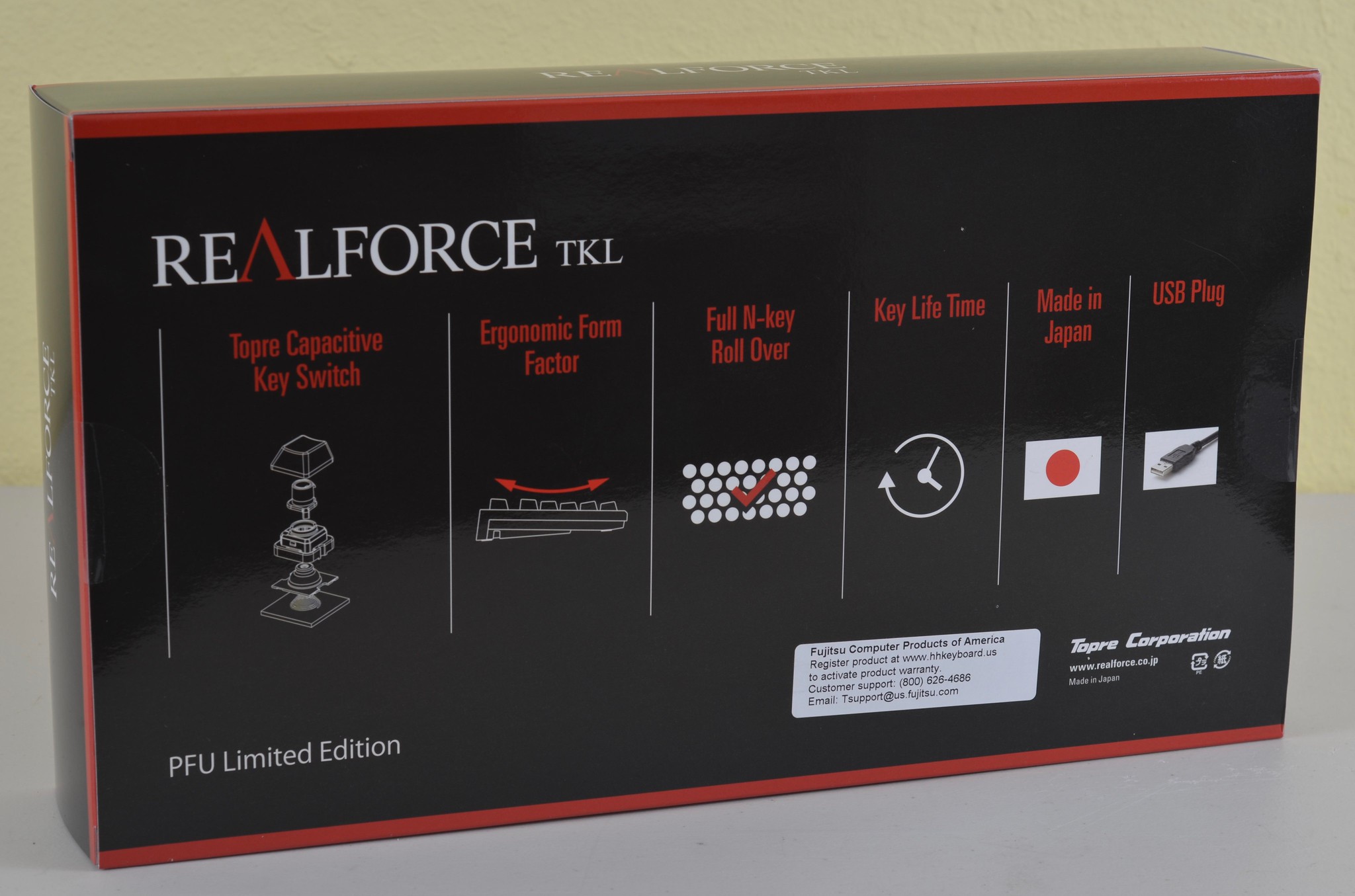 Realforce R2 PFU - Packaging, rear by José Soltren, on Flickr
Realforce R2 PFU - Packaging, rear by José Soltren, on FlickrThis is a top of the line board made specifically for the US market. It is available for purchase directly from Fujitsu for $305 as of this writing, with a list price of $348:
https://fujitsuscannerstore.com/cg01000-290401/
Even by Topre keyboard standards, this is pricey! amazon.co.jp sells the board for ¥31,350 or about $289 as of this writing. You'd be hard pressed to beat $305 with a proxy!
So, what do you get when you buy a $300 keyboard, and what don't you get? If you already have a Realforce or are on the fence, is this a worthwhile upgrade? Why do the PFU Limited Edition boards command a $79 premium over the others? I'll answer these questions and more in the remainder of the review!


